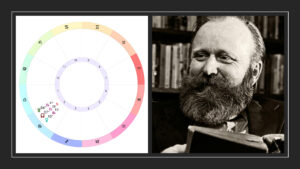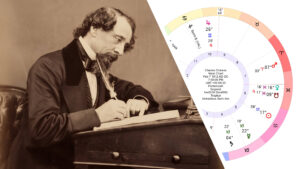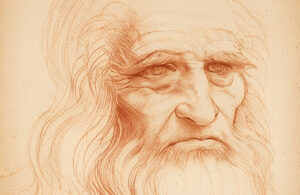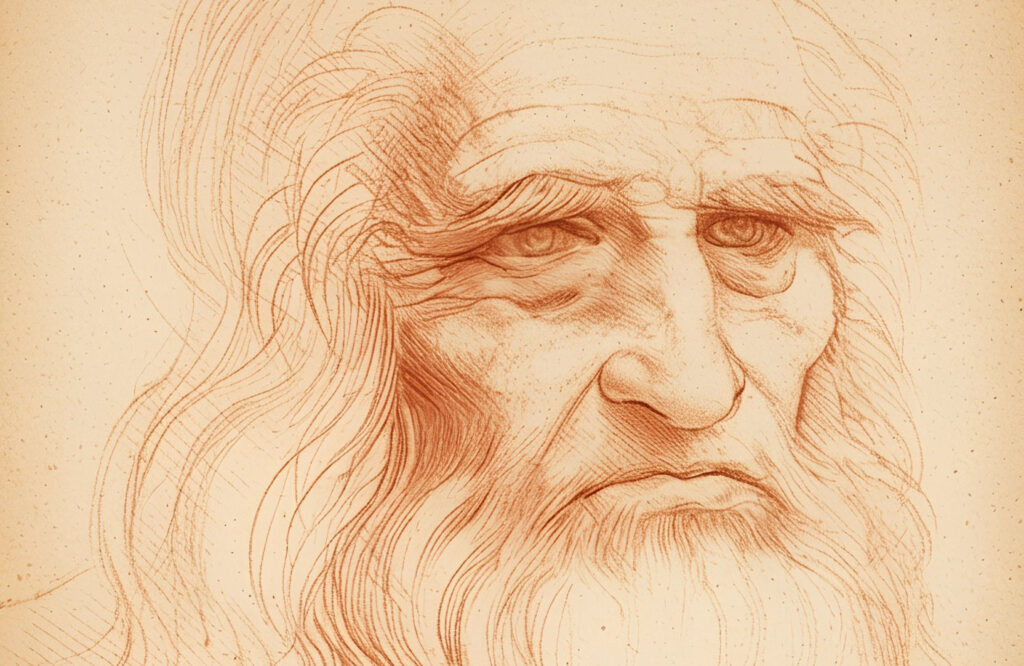
Leonardo da Vinci
From the Sforza horse to the Mona Lisa, Leonardo’s birth chart explains why he was never finished — only reaching for the next refinement
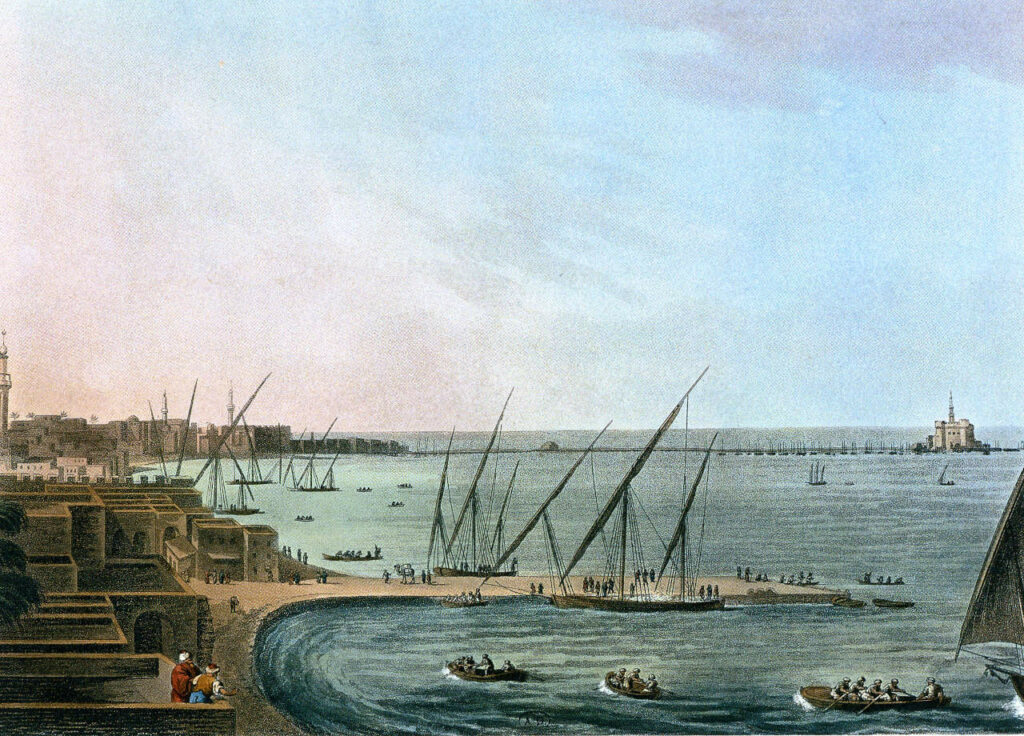
History
Trace astrology’s journey from Mesopotamia to Alexandria, Baghdad, and Renaissance Europe—clear stories, sources, and timelines that bring the tradition to life.

Fundamentals
Build your foundation in traditional astrology—clear lessons on planets, signs, houses, solar phase, and aspects, all in one place.
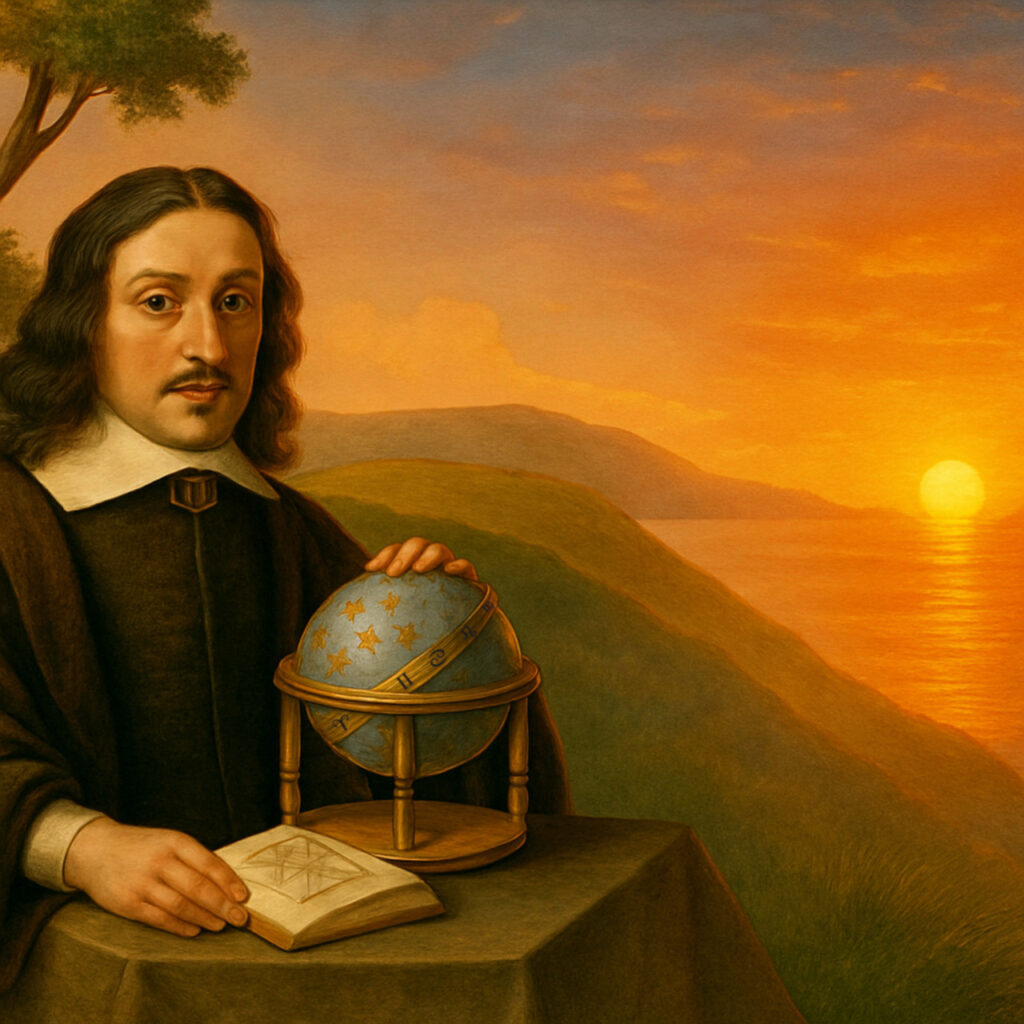
John Gadbury
Explore John Gadbury’s 17th-century astrology—clear, modern rewrites of his Doctrine of Nativities and more, curated for sharp delineations and timeless technique.


